Why Is Sugar Added to Beef Dripping
We include products in articles we think are useful for our readers. If you buy products or services through links on our website, we may earn a small commission.
Beef Tallow: Why It Should Be a Kitchen Staple
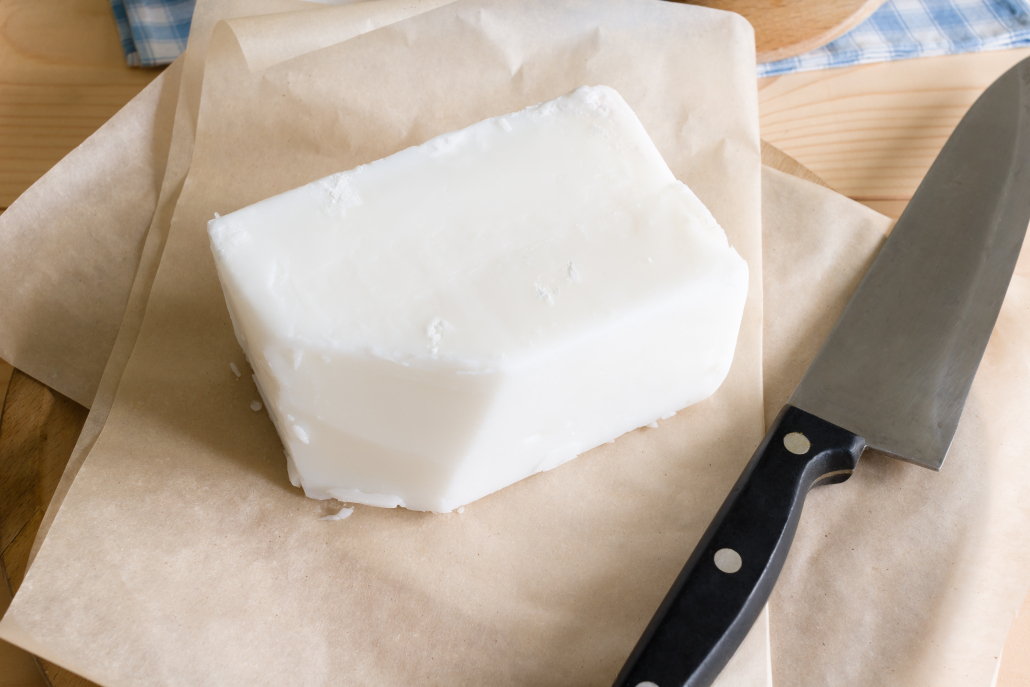
A long time ago, in a kitchen far, far away, a rather unusual cooking fat could be found beside every oven: beef tallow.
Long before olive oil, canola oil, or even coconut oil were in vogue, beef tallow was one of the first choices of cooks everywhere.
Fast forward to the present day, and beef tallow is making a scientifically supported comeback. Here's what you need to know about this special fat source.
Table of Contents
- What Is Beef Tallow?
- Nutrition values
- 5 Health Benefits of Beef Tallow
- 1. Rich in healthy fats
- 2. Rich in fat-soluble vitamins
- 3. Promotes fat-burning
- 4. Prevents oxidative damage
- 5. Nourishes the skin
- Tallow: a tasty cooking oil
- How to make Beef Tallow at home
- The bottom line on beef tallow
What Is Beef Tallow?
What is beef tallow? It's simply rendered, or heat-processed, beef fat.
The rendering process entails gently cooking and liquifying raw beef fat. Once liquified, it's allowed to cool and harden. This makes it shelf-stable, just like butter or coconut oil!
The highest-quality tallow comes from the fat around the kidneys. Also called suet or leaf fat, this fat is some of the most nutritious fat in the whole animal. However, any type of beef fat can be rendered and turned into tallow.
Our ancestors viewed tallow as a critical piece of the nutritional puzzle. They ate it liberally and were sure to preferentially give tallow to the young, the old, and the child-bearing. If only on an observational level, these cultures recognized that tallow was great for fertility , longevity, and skin/teeth health.
Beef tallow's popularity persisted until Ancel Keys and his diet-heart hypothesis frightened people away from saturated fat in the 1950s. Flip open any cookbook from the 1800s or 1900s and you'll see many recipes that feature liberal amounts of tallow. Tallow was also loved by chefs; its high 400°+ F smoke point means it can be used for both baking and frying.
Nutrition values
Beef tallow is a surprisingly nourishing food — especially if it's sourced from a grass-fed animal .
Let's address tallow's macronutrient profile first. It's 100% fat by weight, with no carbohydrates or protein. Most of the fat is saturated. Here's the fatty acid breakdown:
| Macronutrient | Per tablespoon | Per 100 grams |
| Calories | 115 calories | 902 calories |
| Carbohydrates | 0 grams | 0 grams |
| Total fat | 12.8 grams | 100 grams |
| Saturated | 6.4 grams | 49.8 grams |
| Monounsaturated | 5.4 grams | 41.8 grams |
| Polyunsaturated | 0.5 grams | 4 grams |
| Omega 3 | 0.08 grams | 0.6 grams |
| Omega 6 | 0.4 grams | 3.1 grams |
| Protein | 0 grams | 0 grams |
5 Health Benefits of Beef Tallow
Tallow has far more than 5 benefits — but here are the highlights.
- Rich in healthy fats
- Rich in fat-soluble vitamins
- Promotes fat-burning
- Prevents oxidative damage
- Nourishes the skin
1. Rich in healthy fats
Beef tallow is rich in a wide variety of healthy fatty acids. These include monounsaturated fatty acids like palmitoleic acid, saturated fatty acids like palmitic acid and stearic acid, and natural trans fats like conjugated linoleic acid.
Palmitoleic acid, an omega 7 fat, is one of our skin's most elemental building blocks. While it's not quite as essential as fats in the omega 3 series, palmitoleic acid still plays a vital role in maintaining heart health and insulin sensitivity.
It's also great for your skin and hair. Omega 7's like palmitoleic acid may counter the oxidative damage that occurs when your skin gets too much sun. Studies show that palmitoleic acid may also boost collagen and elastin production, in the process keeping you looking — and feeling — young.
Next up are tallow's long-chain saturated fats. Palmitic acid, like palmitoleic acid, may improve skin health by strengthening the barrier function of your skin. Its other benefits include helping build the sphingolipid portion of cell membranes and playing a role as signaling molecules.
If you're like most people, you're probably surprised to discover that saturated fat can be extremely good for you. If you want to learn more about this misunderstood superfood, take a deep dive here.
2. Rich in fat-soluble vitamins
The fat found in tallow is home to all sorts of beneficial nutrients, including vitamin A, vitamin D, vitamin K, and vitamin E and, more.
These nutrients are vital for virtually every aspect of cellular function. Some play a role in growth, while others play a role in immune support. Many fat-soluble vitamins also have a potent antioxidant effect.
Vitamin A in beef tallow
Grass-fed tallow is slightly higher in vitamin A than muscle meat. Vitamin A plays an essential role in cell production and differentiation, particularly in skin and eye cells.
Vitamin D in beef tallow
Tallow is a modest source of vitamin D, with 100 grams containing 7% of your RDV. Considering vitamin D is both a hormone and an essential vitamin that 90% of Americans are deficient in, we'd encourage you not to neglect tallow.
Vitamin E in beef tallow
Vitamin E is a powerful antioxidant that reduces the harmful byproducts of metabolizing certain types of fat. It also prevents LDL cholesterol from getting oxidized which can cause inflammation in our arteries.
Vitamin K in beef tallow
Once called by the mysterious name "activator X," vitamin K is a nutrient that works to keep calcium in bones where it belongs — and out of arteries where it doesn't. Vitamin K is also associated with improved cardiovascular health. Grass-fed tallow contains small amounts of vitamin K2.
The human body can adapt to almost anything.
When given a naturally high-fat diet, it adapts by greatly upregulating fat burning.
The fat you eat does not become the fat you wear — at least not on a ketogenic or carnivore diet . As long as your blood sugar and insulin stay relatively low, your body should be able to stay in fat-burning mode with ease.
Some of beef tallow's individual fatty acids can also help your body liberate fatty acids from fat stores and use them for fuel. Studies show that conjugated linoleic acid is associated with lower bodyweight and improved body composition. Anecdotally, many people who switch over to tallow and suet as fuel sources notice the pounds simply melting off.
4. Prevents oxidative damage
The saturated fats in beef tallow may also promote longevity. The more saturated fat you eat, the more saturated your body's cell membranes tend to become. Higher levels of cell membrane saturation protect your cells from glycation , oxidation, endotoxin buildup, and other types of stress.
Rodent studies have found that a tallow-rich diet can suppress colon cancer.
In Europe, saturated fat intake and heart disease rates have a perfectly inverse correlation.
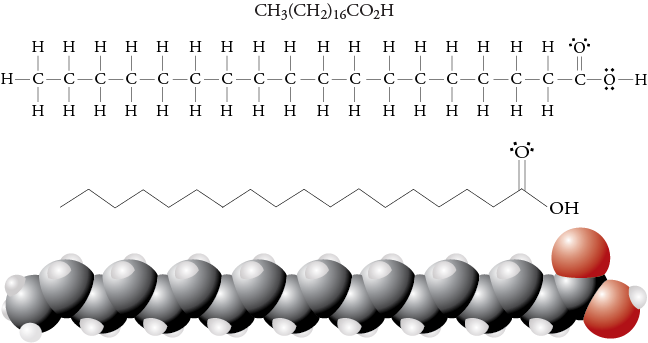
Stearic acid. When it comes to fatty acids, long-chain fats are generally healthier than short-chain ones. Image from Chiral Publishing Company.
5. Nourishes the skin
Tallow is extremely nourishing to your skin, whether it's ingested or applied topically.
Many people find that their complexion automatically improves when they up their consumption of tallow or other fatty animal products. And if you want to boost your skincare game, even more, you can also apply tallow directly onto your skin.
Tallow's fatty acid profile — including the palmitoleic, palmitic, and stearic acids mentioned earlier — closely matches the makeup of our skin's sebum oil. It's no surprise that the word "sebum" means tallow in Latin.
For extra benefits, you can infuse botanicals or antioxidants (like vitamin E) into your tallow to make a truly special DIY skincare product.
Tallow: a tasty cooking oil
If you're looking for a nourishing, stable, and smoke-free cooking oil, look no further than beef tallow. Its 420° smoke point means tallow can be used for baking, sautéing, and frying.
Speaking of frying, here's a little-known fact: McDonald's used to fry their french fries in 93% beef tallow. Even the fast food critics of yesteryear had a hard time denying that these original fries were simply delicious.
McDonald's finally caved to the saturated fat scaremongering in 1990 and switched over to so-called 'heart-healthy' vegetable oils flavored with MSG. Ironically, the original fries probably weren't unhealthy — but the new ones are verifiably toxic.
Beef tallow has a mild beef flavor that makes it a pleasant addition to many different types of dishes. If cooked alongside herbs or spices, it tends to complement their flavor without overpowering it. Tallow can also be added to keto meals if you need another fat source.
And if you're craving french fries, you'd probably do well to make them the old-fashioned, tallow-fried way.
How to make Beef Tallow at home
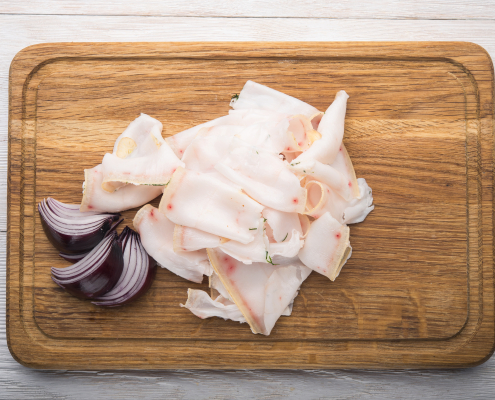
- Select a fatty cut of meat (grass-fed, if possible).
- Trim all fat off the meat.
- Cut the fat into 1-inch cubes.
- Place fat into a stainless steel or glass pot. The pot should be about half full.
- Turn your stovetop to medium heat. Stir every 10 minutes so the heat stays evenly distributed.
- The fat will slowly reduce as the chunks begin to melt. This should take about 30 minutes.
- Remove leftover, unmelted chunks (don't worry, you can eat them as snacks later),
- Pour the liquid into a large container.
Voilà — you've made tallow. Now the real fun begins. Try subbing out your other cooking oils/butter for tallow and see how you feel. You can also get creative with tallow-based skincare formations.
* A final note: your tallow should be stable at room temperatures, but you can refrigerate it if you'd like.
The bottom line on beef tallow
Just to recap, beef tallow is:
- Rich in healthy fats and fat-soluble vitamins
- Fat-burning friendly
- Protective against oxidation
- Great for your skin
Basically, beef tallow is equal parts delicious and nutritious.
It's also a true carnivore diet staple — so don't be afraid to use it liberally for frying, baking, and other culinary occasions.
Article Sources
Source: https://www.doctorkiltz.com/beef-tallow/
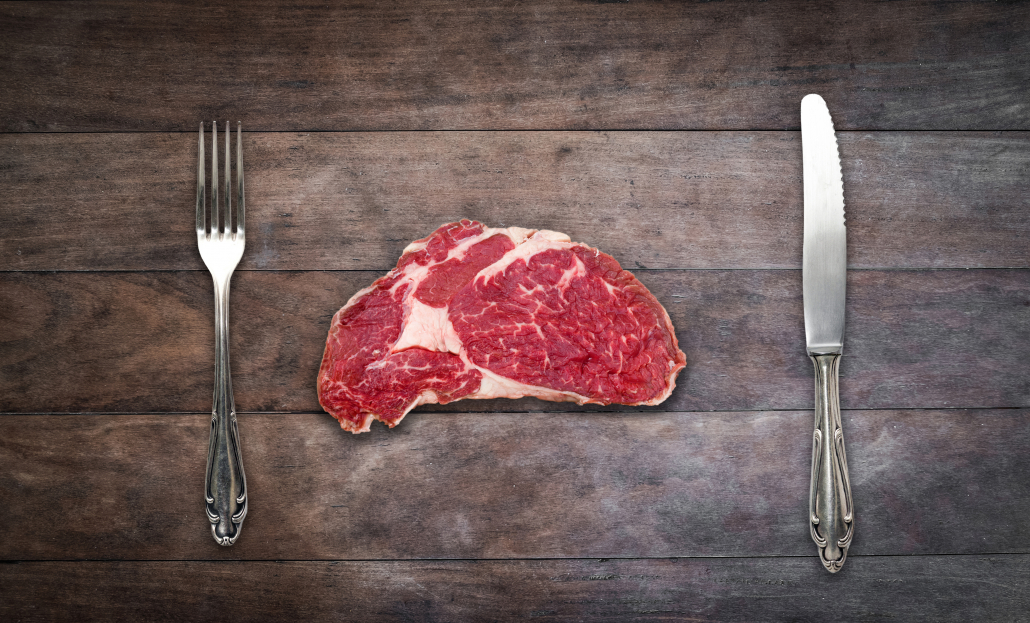

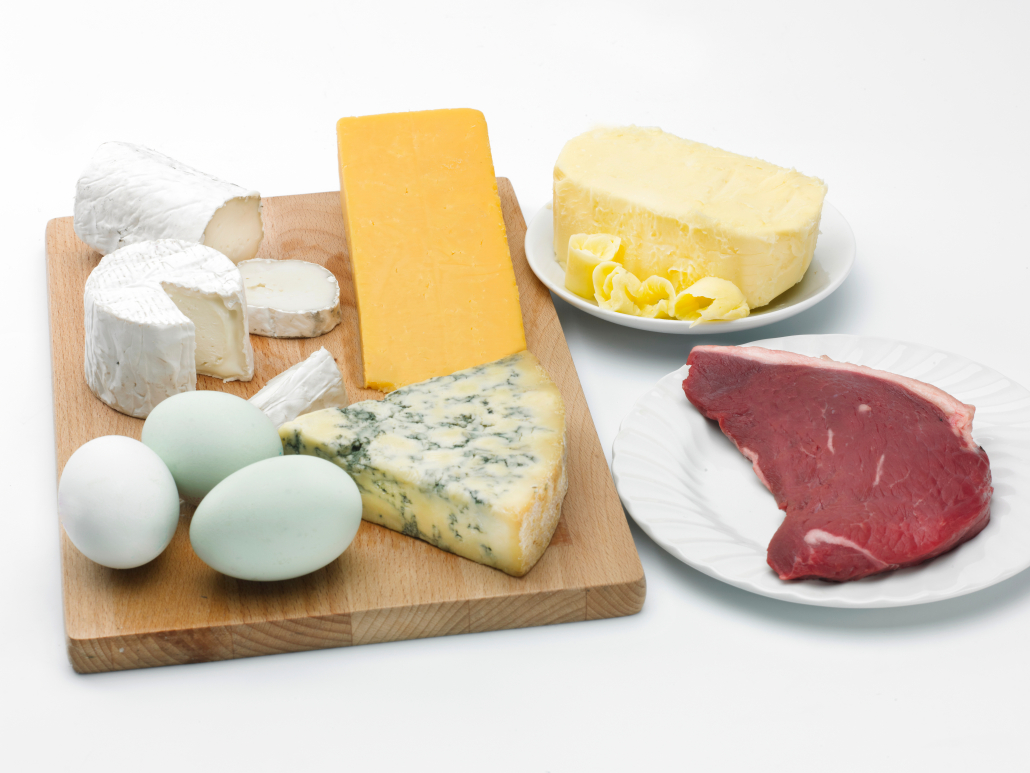
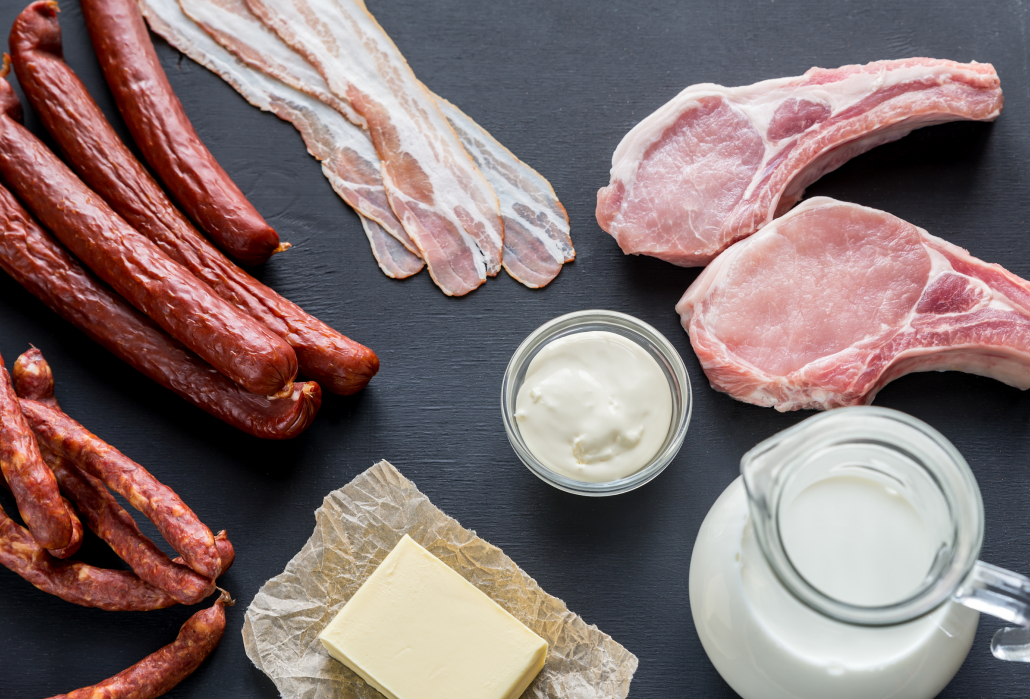
0 Response to "Why Is Sugar Added to Beef Dripping"
Post a Comment